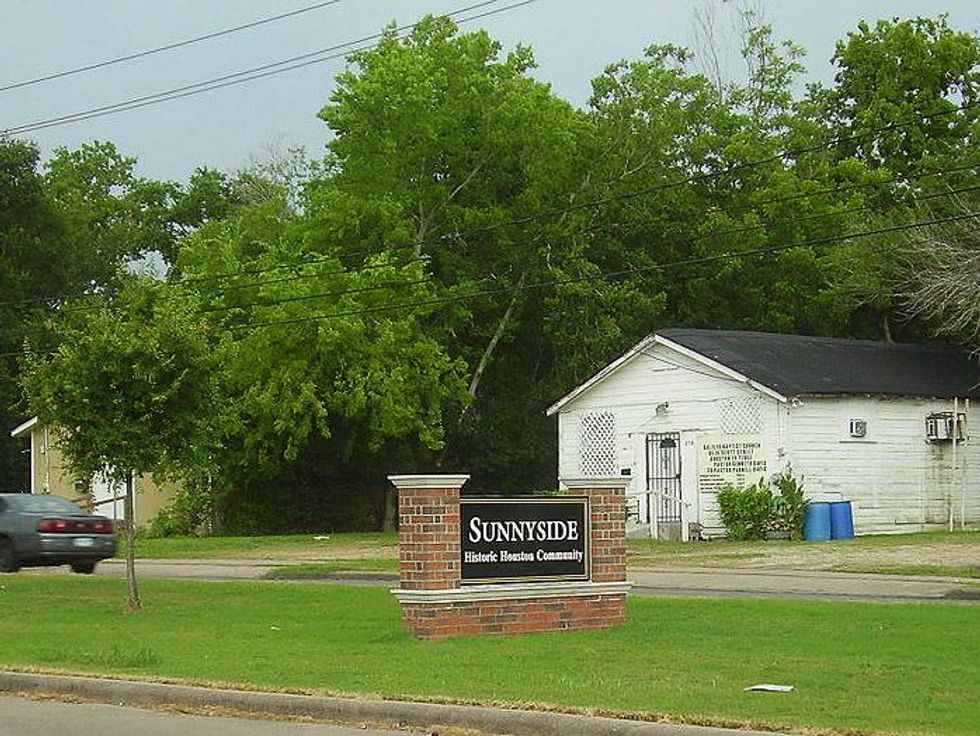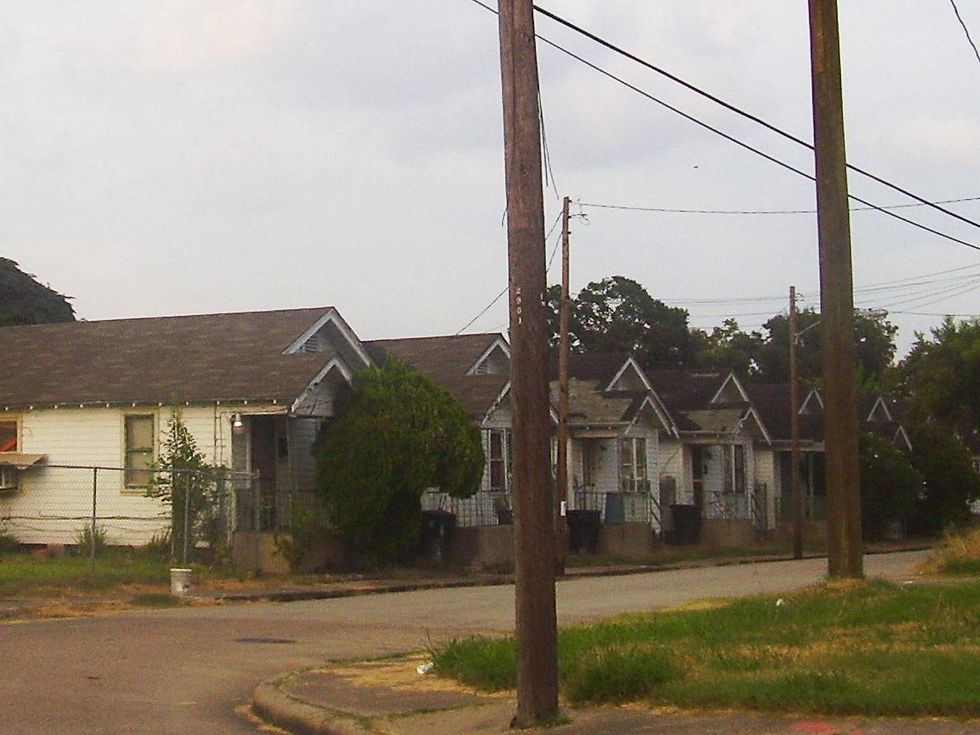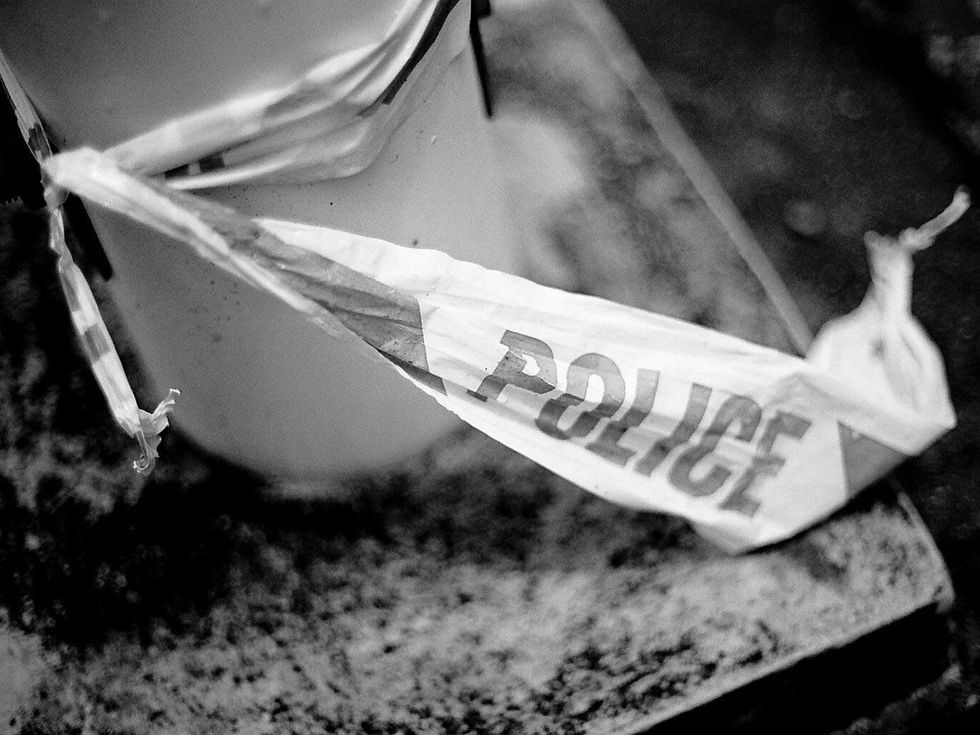Houston Crime A National Focus
Crime hotspots hit home: Two of the most dangerous neighborhoods in the country are in Houston
Houston has a remarkably low crime rate considering its population size, but how safe are the individual neighborhoods? Some are highly susceptible to violent crime — defined as murder, forcible rape, armed robbery and aggravated assault —according to NeighborhoodScout.com.
Two local neighborhoods made that website's "Top 25 Most Dangerous Neighborhoods in America" list, which was ranked according to the crime rate per 1,000 residents and based on 2011 census tracts and population data from the U.S. Census Bureau as well as violent crime statistics from the FBI, the U.S. Department of Justice and thousands of local law enforcement agencies.
Ranking No. 15 on the list is Houston's Sauer St./McGowen St. census tract, which is bordered by I-45 to the north, Elgin to the south, U.S. 59 to the west and the Columbia Tap Trail to the east. The violent crime rate is 75.89 per 1,000 residents — far greater than the city average of 9.78. Residents have a one in 13 annual chance of becoming a victim (compare that to a chance of one in 102 in Houston overall).
At No. 6 is the Scott St./Wilmington St. tract, a sector of Sunnyside hemmed in by Reed Road to the north and Sims Bayou to the south, Scott Street to the west and Cullen Boulevard to the east, that contains several schools — Worthing High School, Pro-Vision and Carnegie Vanguard High School (which moved to the corner of Taft Street and West Gray in 2012). There, the rate of violent crimes is a staggering 91.27 per 1,000 residents. Chances of becoming a victim are one in 11 per year.
Both Houston spots are among the lowest income neighborhoods in America. The Sauer St./McGowen St. tract has one of the highest concentrations of studio apartments and other small living spaces in the United States. The Scott St./Wilmington St. tract has more single mother households than 99.8 percent of all U.S. neighborhoods.
Three Detroit neighborhoods topped the list, followed by one Chicago census tract and Washington Heights in Spartanburg, South Carolina.



